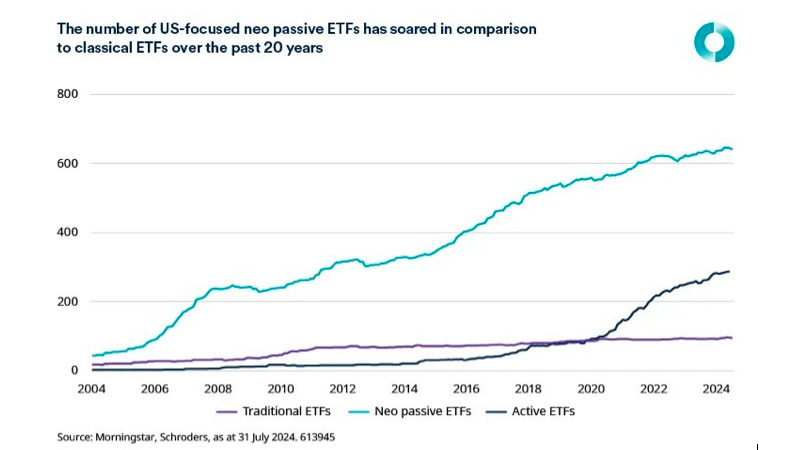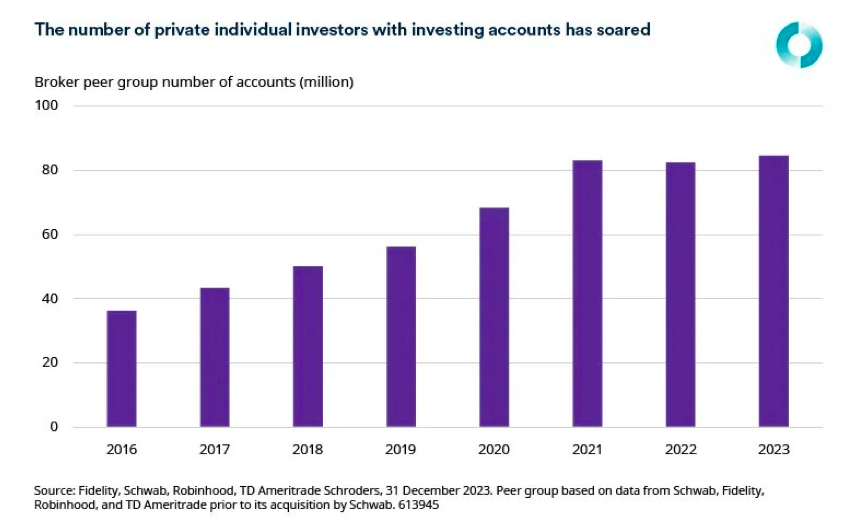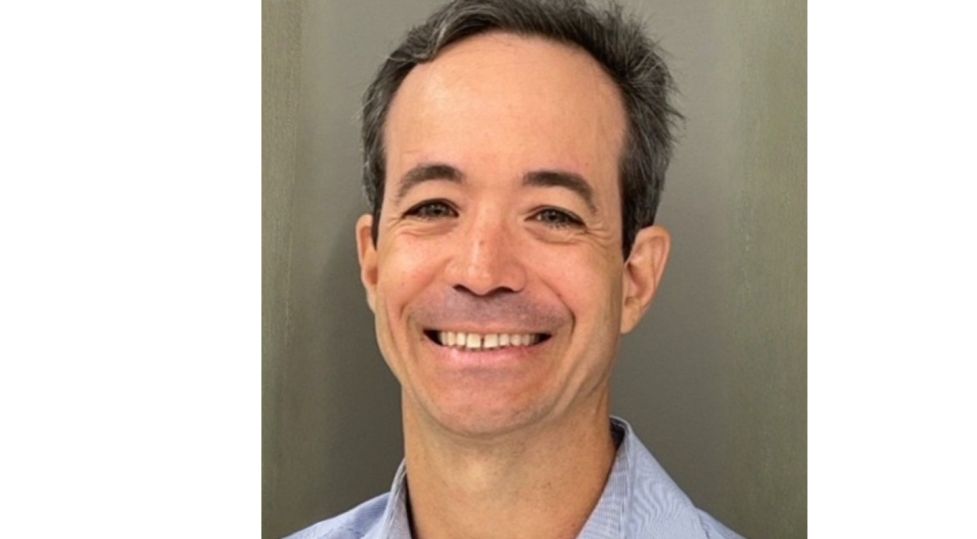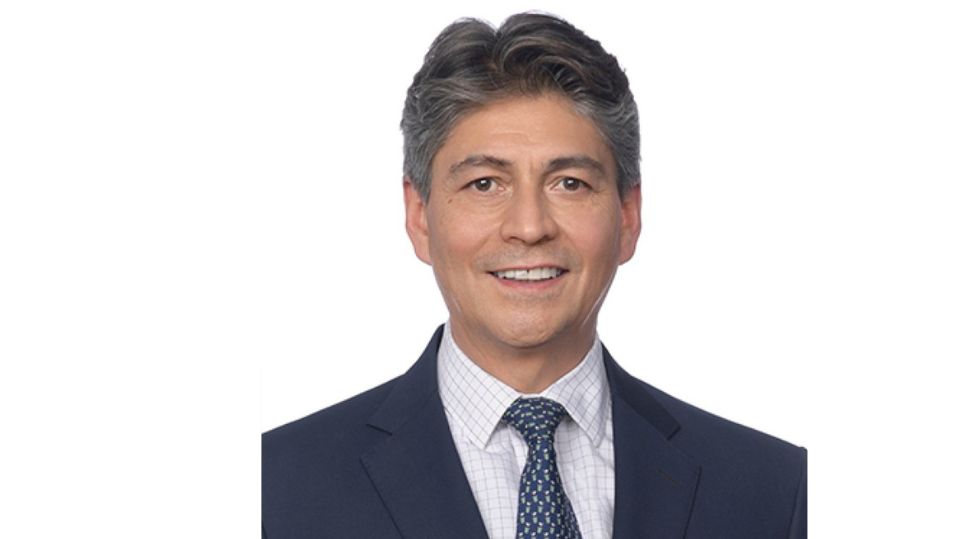“Latin America is Among the Fastest-Growing Regions in the World for Wealth Creation”
| By Elsa Martin | 0 Comentarios

Insigneo marks its eighth anniversary with remarkable growth. Since launching in 2017, the independent wealth management firm has expanded its client assets under management from under USD 3 billion to most recently USD 30 billion.
Funds Society sat down with Raul Henriquez, CEO, Chairman of the Board, and co-founder (dating back to 1985 through Hencorp, the business group that ultimately gave rise to Insigneo), to discuss how he seized the opportunity to redefine wealth management in Latin America through professionalism, technology, trust, and close client relationships.
“For us, it’s less about the numbers and more about the ‘how’ and the ‘why’ behind achieving each milestone,” Henriquez says. While the growth opportunity was significant, he admits “it wasn’t so obvious at first.” What made the difference, he insists, was the human factor—bringing together a talented team of professionals who believed in the founders’ vision and helped build the firm.
Insigneo’s success is rooted in its decision to double down on Latin America just as many major Wall Street banks were retreating from the region. “Even though we were small at the time, we were able to quickly meet the immediate demand for custody and clearing services,” Henriquez recalls.
Equally important, however, was how the firm positioned itself with investment professionals. “We didn’t want to compete as a low-cost provider. Our strategy was to differentiate through a strong value proposition,” he explains. For Henriquez, that value proposition goes beyond serving simply as a clearing and custody channel. Insigneo has positioned itself as a comprehensive platform—offering high-touch service, robust technology, and business enablement tools designed to empower advisors seeking greater independence.
That strategy has led to major milestones: a USD 100 million investment by Bain Capital Credit and J.C. Flowers & Co. LLC (along with private investors), the 2022 acquisitions of Citi International Financial Services in Puerto Rico and Citi Asesores in Uruguay, and the 2023 acquisition of PNC’s offshore business. “Each of these achievements is a source of pride,” Henriquez notes.
Today, Insigneo partners with more than 300 independent financial advisors and 65 financial institutions. “I’ve always said the defining feature of our model is that the investment professionals we serve sit at the core of it,” Henriquez says. “We don’t see advisors as an extension of our strategy—they are the ones driving it. We continue to shape and reshape our operating model based on their needs.”
As the firm continues to scale, its investment priorities are evolving. Henriquez highlights productivity, client experience, and brand recognition as the areas where Insigneo is currently focusing its resources.
One concrete example of this approach is the firm’s proprietary platform, Alia. With the recent launch of Alia 2.0, Henriquez emphasizes that “technology should never be an end in itself. It should provide real value.” His vision is for advisors to eventually conduct all their business “through and around Alia,” with the platform designed to “make everything they do easier and more productive.”
“Let’s face it—the only thing you can’t scale is human capacity per hour,” Henriquez reflects. “But what you can do is expand capabilities. That’s the very definition of productivity: how much a person can accomplish in a given time. And technology is what allows you to achieve that.” With Alia 2.0, he says, Insigneo is making a deliberate effort to ensure advisors can handle every task “easier, faster and more effectively,” freeing up more time to “earn, nurture, and preserve client trust.”
A Firm with 100% Latin DNA
Although Henriquez has spent most of his career in the U.S., he is originally from El Salvador and describes himself as a “proud Salvadoran.” That background, he says, has given him a competitive edge— “not just by being bilingual, but truly bicultural.” Entrepreneurial spirit and self-belief also play a role. “You have to believe in yourself,” he reflects. “If you don’t, how can you expect others to believe in you? The first step is always believing it’s possible.”
This perspective, combined with a north–south mindset, helped Henriquez spot an unmet need: “Operating in the U.S. with a U.S.-regulated entity while serving Latin American clients made perfect sense. We are the U.S.-based and U.S.-regulated firm that is fully focused on—and committed to—the region. And that commitment has been a key driver of our growth.”
While socio-economic and cultural nuances naturally influence private banking across both regions, Henriquez believes the fundamental principles of wealth management remain universal. “Wealth is wealth. It should be managed professionally, diversified, and tailored to investor needs,” he says. He also sees tremendous opportunity ahead: “Latin America is among the fastest-growing regions in the world for wealth creation.”
What sets Insigneo apart, he adds, is its cultural DNA. “Our approach resonates with the Latin flavor—the importance of relationships, the more human, less technocratic style. That gives us an edge, but it must be paired with a strong core value proposition that appeals to this fast-growing client base.”
Wealth Management and Advisory Trends
Henriquez points to several trends originating in the U.S. that are now catching up in Latin America, starting with the shift from brokerage to advisory. “I firmly believe the advisory model is the best approach to wealth and investment management. But Latin America is adopting it at a slower pace than what we’ve seen in the U.S.,” he explains.
Independent advisory, however, is catching up. Henriquez sees clear evidence of this trend in Latin America and highlights Insigneo’s platform as a strong enabler.
He also notes the broader investment landscape opening up to Latin American investors—including private markets, alternatives, and even cryptocurrencies. “We tend to see less familiarity in Latin America with some of these newer opportunities, compared to what’s available domestically in the U.S. through market supply and demand,” he says.
“The independence model has expanded enormously in the U.S.,” Henriquez continues. “If we assume Latin America is following the trend, then it’s only logical to expect further growth. We simply want to help fuel that demand for independence.”
That said, Henriquez adds an important nuance: “We believe in what I call ‘assisted independence’ or interdependence. The strength of partnership, which is at the heart of Insigneo’s model, is a differentiator in itself. We don’t just provide clearing and custody capabilities—we enable any advisor or investment professional seeking greater independence to recreate everything they need to succeed in their business.”












